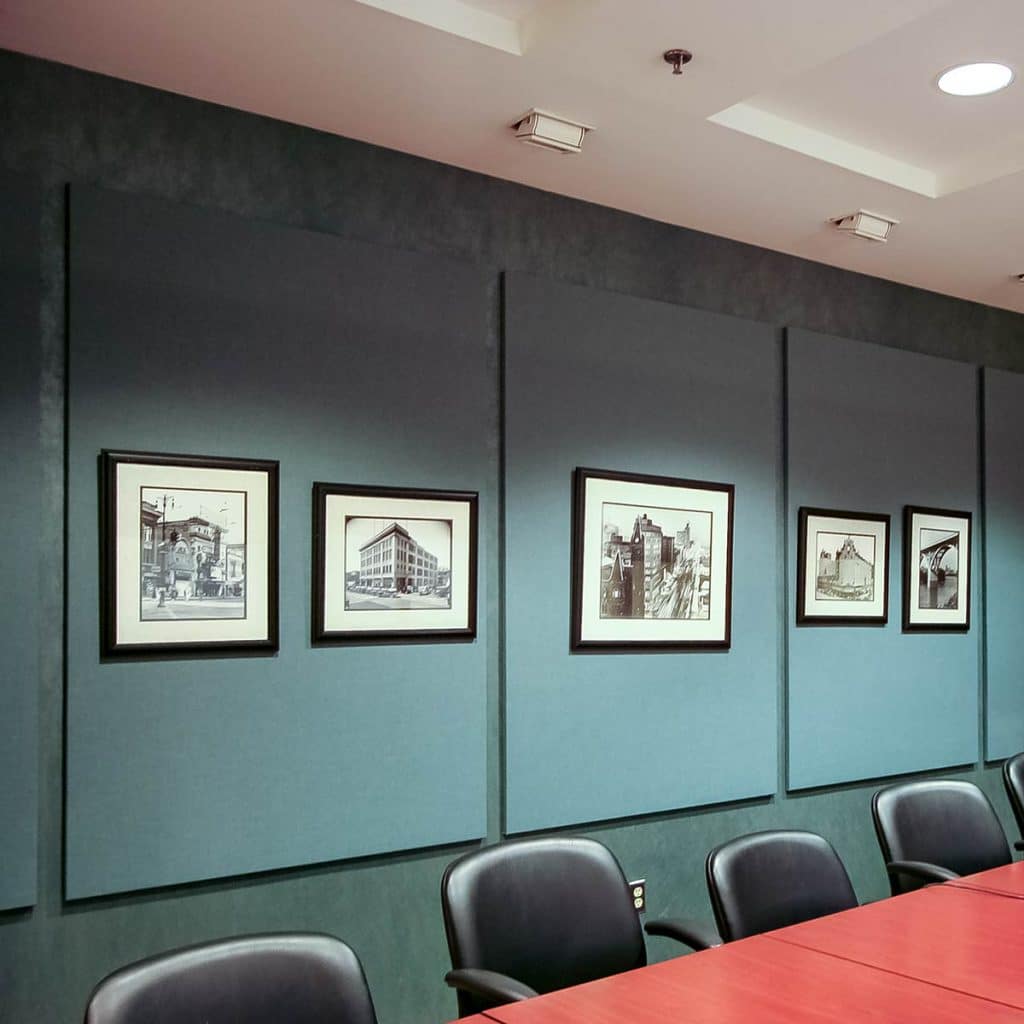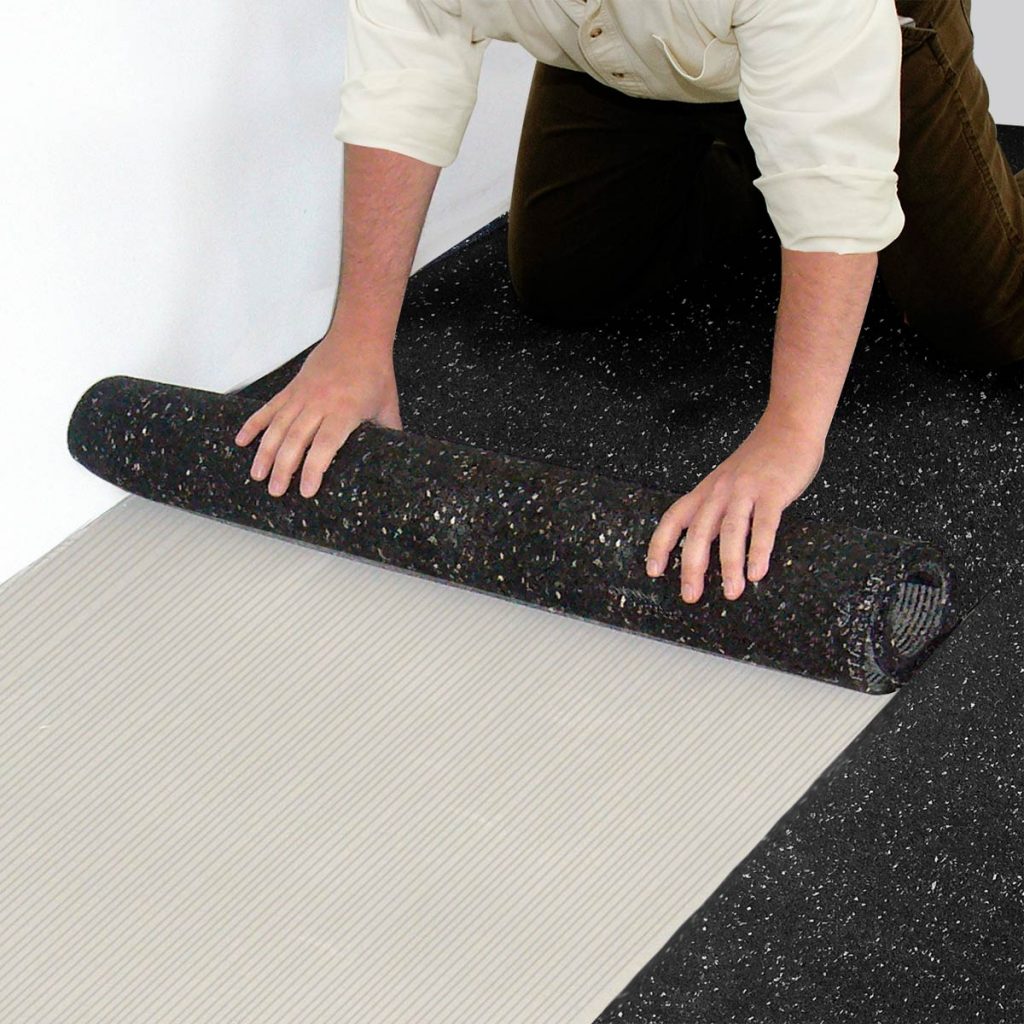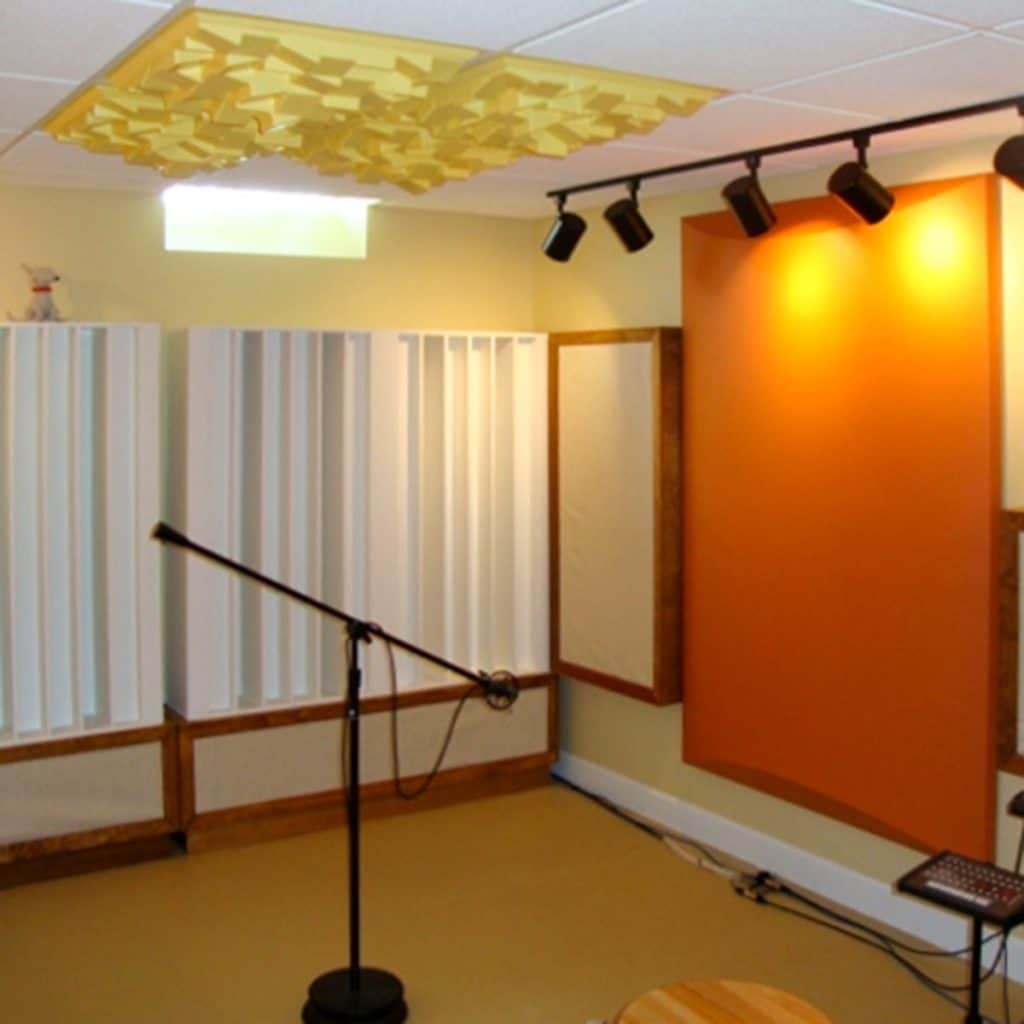I recently got a call from a customer who wanted to turn their guest bedroom into a home office. They were dealing with the same problem many of us face—noise. Between barking dogs, lawnmowers, and traffic outside, concentrating on work was nearly impossible. They asked me, “What’s the best way to soundproof a room without spending a fortune?”
I told them they could absolutely tackle this as a DIY project, especially with the right materials and approach. With a little planning and some high-quality products, they could transform their space into the quiet retreat they needed.
Let me walk you through the same advice I shared with them so you can tackle your own DIY soundproofing project.
Step 1: Seal Doors and Windows
One of the first things I always recommend is sealing up the doors and windows. These are the biggest culprits for sound leaks. Even the smallest gaps can let in a surprising amount of noise. Here’s what I told them:
Start with the Door
I suggested installing an Acoustic Door Seal Kit to seal gaps around the edges of the door. These kits are easy to install and create a tight seal to block sound. For the gap at the bottom of the door, adding a door sweep works wonders.
Tackle the Windows
For the windows, I recommended soundproofing curtains. These heavy-duty curtains not only block noise but also help insulate the room. If the noise is particularly bad, our PrivacyShield® Window Seal Kit applied to the window frame can provide extra soundproofing.
Step 2: Add Mass to the Walls

How to install acoustic panels in a conference room
Walls are another area where noise tends to sneak through. Adding mass is one of the most effective ways to block sound. I told my customer:
Install Mass-Loaded Vinyl (MLV)
AudioSeal® Mass Loaded Vinyl (MLV) is a flexible, heavy material that is perfect for DIY soundproofing. You can attach it directly to the walls using adhesive strips or staples. It’s thin enough to layer behind drywall or paint, making it a seamless addition.
Use Acoustic Panels
To improve the acoustics inside the room, I recommended AlphaSorb® Fabric Wrapped Acoustic Panels. These panels absorb mid- and high-frequency sounds, reducing echo and reverb. Plus, they come in a variety of colors and finishes, so they look great on any wall.
Step 3: Treat the Ceiling

Shown here at The Manor House, the Sonex® Contour Acoustic Panels by Pinta Acoustic, Inc. are direct mounted to the ceiling to improve the room acoustics.
If there’s a lot of noise coming from above—like footsteps from a second floor—soundproofing the ceiling is key. I told my customer:
Install Acoustic Ceiling Panels
Products like our AlphaSorb® Fabric-Wrapped Ceiling Clouds are designed to absorb sound and reduce noise from overhead.
Consider Ceiling Baffles
For rooms with high ceilings, hanging acoustic ceiling baffles can dramatically cut down on reverb and improve sound quality.
Step 4: Soundproof the Floor

Iso-Step® Floor Underlayment – Roll out and lay the Iso-Step into the adhesive bond.
Floors are often overlooked, but they’re an important part of the equation—especially if you’re dealing with impact noise like footsteps or dropped objects.
Lay Down a Rug with Padding
I suggested starting with a thick area rug combined with an underlay to reduce vibrations.
Add Underlayment
For more serious noise issues, Iso-Step® Soundproofing Underlayment is an excellent solution. It goes underneath flooring materials to dampen sound transmission.
Step 5: Enhance the Room’s Acoustics

Michigan Home Studio utilizing sound diffusers in a home studio.
Once you’ve blocked external noise, the next step is improving the acoustics inside the room. I explained to my customer:
Use Bass Traps
Low-frequency sounds can be tricky to manage. Placing AlphaSorb® Acoustic Foam Bass Traps in the corners of the room helps control these “boomy” sounds.
Install Sound Diffusers
For a balanced sound environment, I recommended sound diffusers. These scatter sound waves, making the room feel more natural and less “dead.”
Common DIY Soundproofing Mistakes
I also made sure to warn them about a few common mistakes people make:
1. Relying Solely on Acoustic Foam
While foam is great for absorbing sound, it doesn’t block noise. For that, you need materials like MLV or acoustic blankets.
2. Skipping Small Gaps
Even a tiny gap around a door or window can undo a lot of your hard work.
3. Expecting Total Silence
DIY soundproofing can reduce noise significantly, but achieving complete silence often requires professional-grade construction.
Why I Recommend Acoustical Solutions Products
When it comes to DIY soundproofing, not all materials are created equal. I told my customer that the reason I recommend Acoustical Solutions products is simple: they’re easy to work with, affordable, and incredibly effective. Whether it’s mass-loaded vinyl, acoustic panels, or soundproofing curtains, these products are designed to deliver professional results—even for DIY projects.
Your DIY Soundproofing Project Starts Here
By the end of our conversation, my customer felt confident about tackling their project. They sealed their doors and windows, added MLV to the walls, and installed acoustic panels—and the results were amazing. Their once-noisy room became a peaceful, functional workspace.
If you’re ready to take on a DIY soundproofing project, I’d love to help. Check out our full range of products at Acoustical Solutions, or contact me to discuss your needs.
Together, we’ll create the quiet, comfortable space you’ve been dreaming of.
To learn more about how Acoustical Solutions can solve your noise control problems, use our contact form, call one of our Acoustical Sales Consultants at (800) 782-5742, or visit us on the web at acousticalsolutions.com.